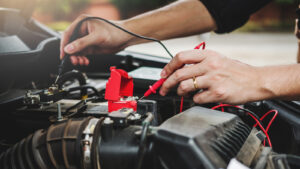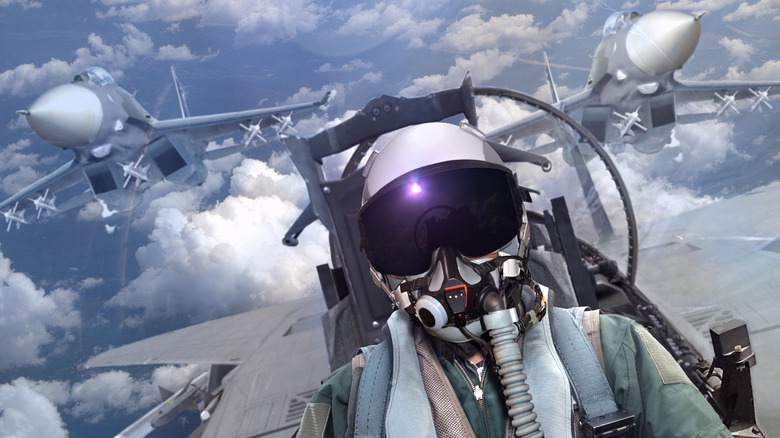
Have you ever walked through an airport, seen the departures listings, and wondered how on earth air traffic controllers (ATCs) stay on top of everything? With 45,000 daily flights in the U.S. alone, it’s a wonder that our airspace isn’t as clogged as our overburdened freeways. Luckily, ATCs use a host of tactics to track, catalog, and direct commercial aircraft. One commonly discussed tool is jet squawking, which, despite its silly name, is critical to preserving the safety of our airways.
Advertisement
To most laymen, the term squawking conjures mental images of jets twittering through the air like a songbird. Surprisingly, the reality isn’t far off. On its face, squawking is how an airplane identifies itself to air traffic controllers as it moves through the air. But under closer examination, squawking is also how jets communicate vital information, signaling everything from a lost radio connection to a Mayday scenario or hijacking.
But how does squawking work exactly? Did they really name such an important safety procedure after a parrot noise? (Spoiler alert: yes, they did.) And what happens if you squawk the wrong code? The answers may surprise you, as they include everything from World War II fighter jets to the evacuation of a small Canadian town on September 11, 2001.
Advertisement
Squawk your parrot to save Great Britain
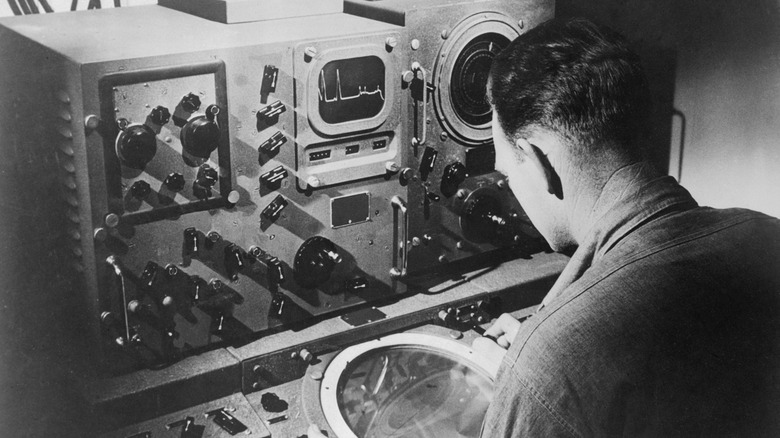
Squawking was born out of a need to fix the limitations of one of the most critical aviation advancements of all time: radar. When an air traffic controller looks at a radar screen, they see a blip that tells them the location and speed of an aircraft, also known as a “primary return.” What it doesn’t display are critical factors like altitude or the craft’s identity, which pose an acute problem for air traffic controllers.
Advertisement
This issue became apparent during World War II, less than a few years after radar was invented. For the British Royal Air Force (RAF), air traffic controllers couldn’t decipher between their friendlies and the Nazi fighter jets. To solve this problem, the RAF invented a secondary surveillance radar codenamed Parrot. The parrot system was simple: it sent out an Identification friend or foe radio frequency that required a response from the aircraft via an onboard transponder outfitted with a predetermined code. Any jet that failed to respond or issued the incorrect code would then be labeled as an enemy aircraft and dealt with accordingly. The chatter between ATCs and British airmen became colloquially known as “squawks,” with controllers instructing pilots to “squawk your parrot” when in need of identification. Conversely, the RAF used the unfortunate phrase “strangle your parrot” whenever they needed a pilot to turn off their transponder.
Advertisement
How do modern transponders work?
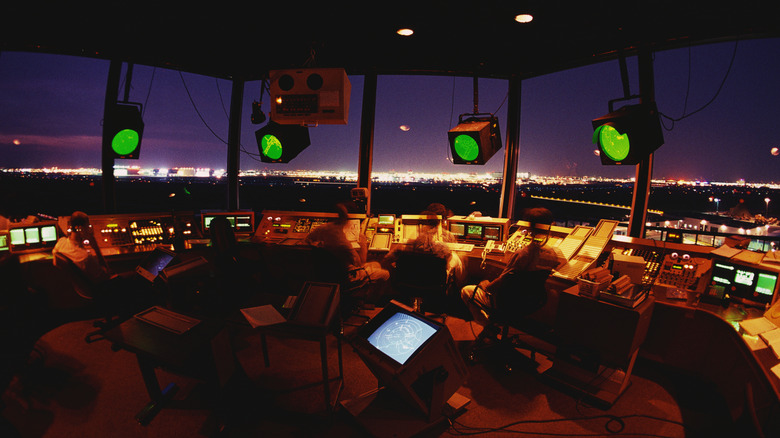
Modern-day transponders aren’t dissimilar from the ones used 80 years ago. They function like a call and response: an ATC sends a 1030 megahertz signal and receive a 1090 megahertz code back, with each number communicated through a series of pulses separated by 1.45 microseconds, according to The Conversation. The radar then determines the location and speed of the identified aircraft by its response time.
Advertisement
The biggest difference is in the number system itself: squawk IDs now consist of four digits, each between zero and seven. This is twice the original two-digit code used in World War II, expanding the possible combinations from 64 to 4,096. The short of it is that transponders, like computer programs, use binary codes to communicate. As such, it is easier to use an octal code (i.e., a 0 to 7 system) because each number can be easily represented by a three-digit binary code. For example, the code for 0 is 000, 1 is 001, and 2 is 010, and so on. To simplify this process, pilots crank 4 knobs on their transponder to signal their unique squawk code to the ATC.
Another major difference is that modern transponders are equipped with a second form of squawking called Mode-C, which communicates a plane’s altitude in 100-foot increments. Commercial airlines must submit Mode-C information to fly in Class A, B, and C airspace, giving air traffic controllers the ability to manage complicated flight paths.
Advertisement
Squawk code: more than just an airplane’s ID
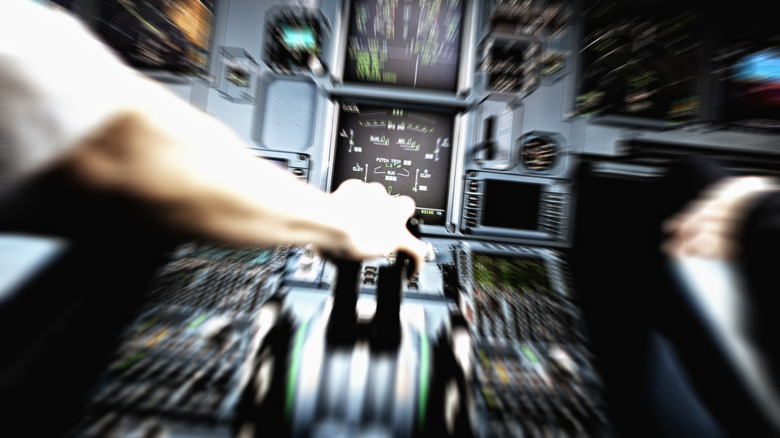
Receiving and transmitting a squawk code is simple, as flights are assigned a randomly generated code, which the pilot inputs into the transponder before takeoff. Ideally, this is a set-and-forget system. However, there are several reasons why a pilot may change their squawk code mid-flight.
Advertisement
A pilot may change the squawk code to communicate a variety of flight issues to air traffic controllers. For example, 7600 signals that a pilot’s radio system has gone down. A more alarming code is 7700 — the squawking equivalent of yelling “Mayday!” used for a variety of crises necessitating immediate assistance, ranging from engine failure to a medical emergency.
Deploying these codes incorrectly can have disastrous consequences. One such instance was on September 11, 2001, when Korean Air Flight 085 accidentally signaled that it too was hijacked. Midway through its journey from Seoul to New York when authorities closed U.S. airspace, a miscommunication caused the pilot to text a hijacking code, HJK. Alerted to the potential threat, authorities sent two fighter jets to escort the aircraft to a small airport in Whitehorse, Canada, evacuating the small Yukon town and stationing snipers above the tarmac. This near-fatal disaster highlights the critical role jet squawking plays in keeping airplanes as the safest form of travel.
Advertisement
If you are as fascinated by squawk codes as I am and want to put your newfound knowledge to use, ask your pilot what your code is the next time you board a flight. You may be surprised by how excited they are to tell you. Just don’t make any 7700 or 7500 jokes.



